Understanding the Outperformance of Large-Cap Stocks
Introduction
Large-cap stocks have consistently demonstrated strong performance, attracting investors seeking stability and long-term growth. Historically, large-cap equities have outpaced small-cap stocks during periods of economic uncertainty, benefiting from financial strength, diversified revenue streams, and institutional investment. Factors such as interest rate policies, sector rotation, and corporate profitability contribute to their sustained outperformance. As market conditions evolve, large-cap stocks continue to provide resilience, making them a preferred choice for portfolio diversification and wealth accumulation.
Market Conditions Favoring Large-Cap Stocks
Economic stability and investor sentiment play a crucial role in the outperformance of large-cap stocks. Investors tend to favor large-cap equities during periods of uncertainty due to their financial strength and established market presence. These companies often have diversified revenue streams, allowing them to navigate economic fluctuations more effectively. Interest rate policies significantly impact large-cap stock valuations. When interest rates rise, borrowing costs increase, affecting corporate profitability. However, large-cap companies with strong balance sheets and cash reserves are better positioned to withstand these challenges. Financial institutions such as JPMorgan Chase JPM benefit from higher interest rates, as they generate increased revenue from lending activities.
Sector rotation and institutional investment trends further support large-cap stock performance. As market cycles shift, investors reallocate funds to sectors demonstrating resilience and growth potential. Defensive industries such as healthcare and consumer staples tend to outperform during economic downturns, while technology and financial sectors gain traction in expansionary phases. Companies like Microsoft MSFT and Johnson & Johnson JNJ exemplify this trend, maintaining strong market positioning across various economic conditions.
Sources:
CFA Institute
Transamerica
MarketBeat
Financial Strength and Competitive Advantage
Large-cap stocks are known for their balance sheet stability and cash flow resilience, making them attractive investments during economic fluctuations. These companies typically maintain strong financial positions, allowing them to navigate market downturns while continuing to generate revenue. Businesses such as Microsoft MSFT and Johnson & Johnson JNJ exemplify this strength, leveraging their financial stability to sustain long-term growth. Market leadership and brand recognition further enhance the competitive advantage of large-cap stocks. These companies often dominate their industries, benefiting from established customer bases and strong brand loyalty. Firms such as JPMorgan Chase JPM and Procter & Gamble PG have built reputations for reliability and innovation, reinforcing their market positions.
Dividend payouts and shareholder value creation are key components of large-cap stock strategies. Many large-cap companies prioritize returning value to shareholders through consistent dividend distributions, reinforcing investor confidence. Stocks such as Coca-Cola KO and Texas Instruments TXN maintain strong dividend yields, providing passive income opportunities for investors. Reinvesting dividends can significantly enhance portfolio value over time, contributing to wealth accumulation and financial security.
Sources:
SmartAsset
Finance Strategists
Yahoo Finance
Risk Management and Defensive Characteristics
Large-cap stocks generally exhibit lower volatility compared to mid-cap and small-cap stocks, making them a preferred choice for risk-averse investors. Their financial strength, established market presence, and diversified revenue streams contribute to their stability. Companies such as Johnson & Johnson JNJ and Procter & Gamble PG have historically demonstrated resilience, maintaining steady earnings even during economic downturns. Large-cap stocks serve as safe havens during economic downturns, providing stability when market conditions fluctuate. These companies typically have strong balance sheets, allowing them to withstand recessions better than smaller firms. Defensive sectors such as healthcare and consumer staples tend to perform well during uncertain periods, reinforcing the appeal of large-cap investments.
Businesses like JPMorgan Chase JPM and Coca-Cola KO exemplify this trend, maintaining profitability and shareholder value despite economic challenges. Portfolio diversification benefits further enhance the defensive characteristics of large-cap stocks. Investors often integrate large-cap equities into their portfolios to balance risk and optimize returns. Diversification across industries such as technology, finance, and consumer goods reduces exposure to sector-specific volatility. Companies like Microsoft MSFT and Texas Instruments TXN contribute to portfolio stability.
Sources:
AQR Capital
Fidelity
AQR Capital Management
Future Outlook and Predictions
Large-cap stocks are expected to maintain steady performance, benefiting from stable earnings and strong financial fundamentals. Analysts forecast continued investor interest in these stocks due to their defensive nature and ability to generate consistent returns. Despite their stability, large-cap stocks face potential disruptions from emerging competitors and evolving industry trends. Advancements in artificial intelligence, fintech, and sustainable energy are reshaping market dynamics, introducing new players that challenge established corporations. Companies specializing in AI-driven automation and decentralized finance are gaining traction, influencing investment strategies. Additionally, regulatory changes and geopolitical factors may impact large-cap stock trajectories.
Economic factors will play a crucial role in shaping the future of large-cap stocks. Inflationary pressures, interest rate adjustments, and global trade policies influence corporate profitability and investor sentiment. The Federal Reserve’s monetary policy decisions affect borrowing costs and capital allocation, impacting stock valuations. Analysts emphasize the importance of tracking macroeconomic indicators to assess large-cap stock performance and optimize investment strategies. Despite their stability, large-cap stocks face potential disruptions from emerging competitors and evolving industry trends. Advancements in artificial intelligence, fintech, and sustainable energy are reshaping market dynamics, introducing new players that challenge established corporations. Companies specializing in AI-driven automation and decentralized finance are gaining traction, influencing investment strategies.
Economic factors will play a crucial role in shaping the future of large-cap stocks. Inflationary pressures, interest rate adjustments, and global trade policies influence corporate profitability and investor sentiment. The Federal Reserve’s monetary policy decisions affect borrowing costs and capital allocation, impacting stock valuations. Analysts emphasize the importance of tracking macroeconomic indicators to assess large-cap stock performance and optimize investment strategies. As markets evolve, large-cap stocks remain a cornerstone of diversified portfolios, offering stability and long-term growth potential.
Conclusion
Large-cap stocks continue to outperform due to their financial strength, institutional backing, and ability to navigate economic shifts. Their resilience in volatile markets makes them attractive for long-term investors. While small caps may offer higher growth potential, large caps provide stability and consistent returns. Investors should monitor macroeconomic trends and sector rotations to optimize large-cap stock allocations.
Expert Analysis
Strategic Insights on Large-Cap Stock Performance
Large-cap stocks continue to outperform due to their financial strength, institutional backing, and ability to navigate economic shifts. Their resilience in volatile markets makes them attractive for long-term investors. While small caps may offer higher growth potential, large caps provide stability and consistent returns. Investors should monitor macroeconomic trends and sector rotations to optimize large-cap stock allocations.
📌Read More About:
Top Large Cap Stocks- https://stockbossup.com/pages/topics/large-cap
What Are Large US Cap Stocks?- https://stockbossup.com/pages/post/39045/understanding-large-us-cap-stocks-and-their-market-influence
How Many Large Cap Stocks Are There?- https://stockbossup.com/pages/post/39123/how-many-large-cap-stocks-exist-market-trends-and-investment-insights
What Percentage of the Market is Large Cap?- https://stockbossup.com/pages/post/39124/what-percentage-of-the-stock-market-is-large-cap-market-breakdown-and-investment-insights
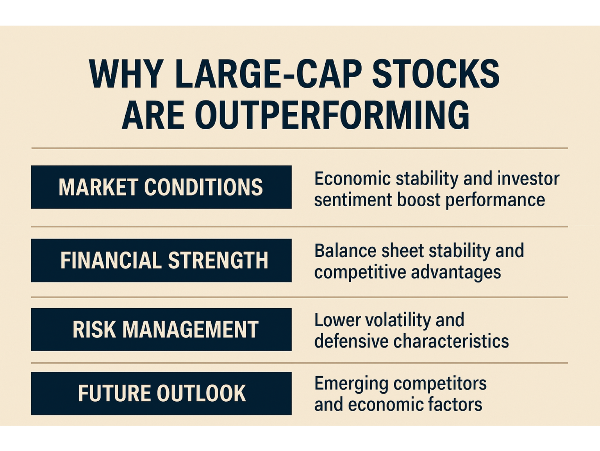


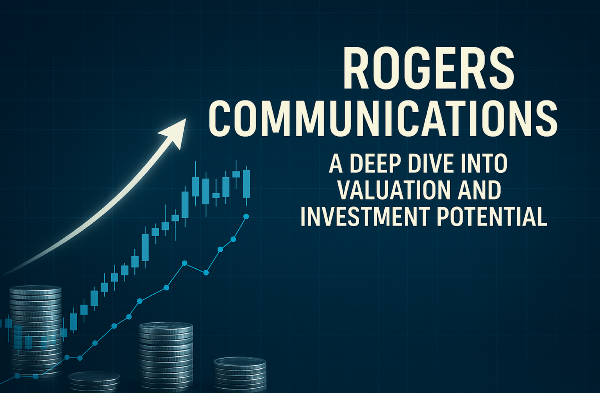
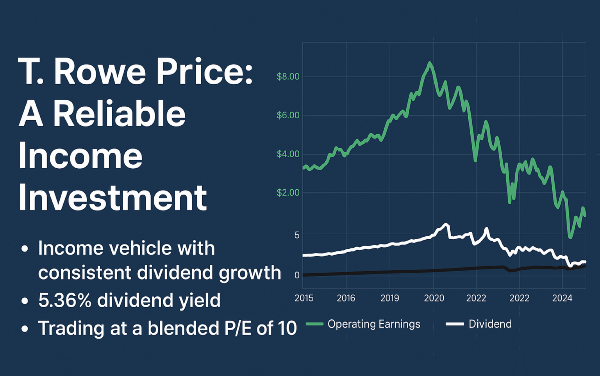
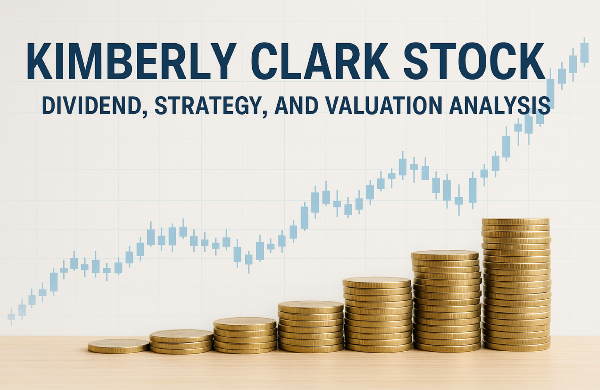

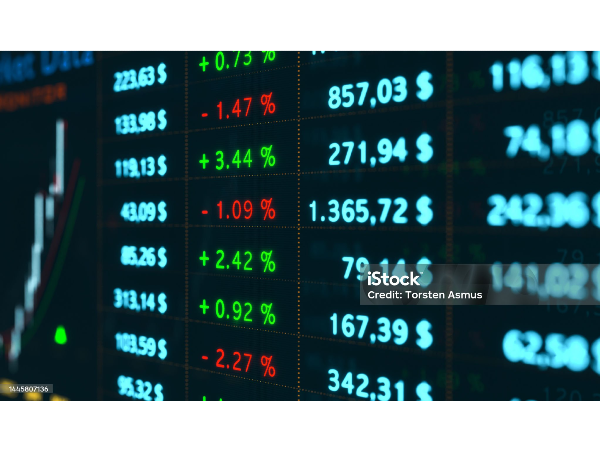


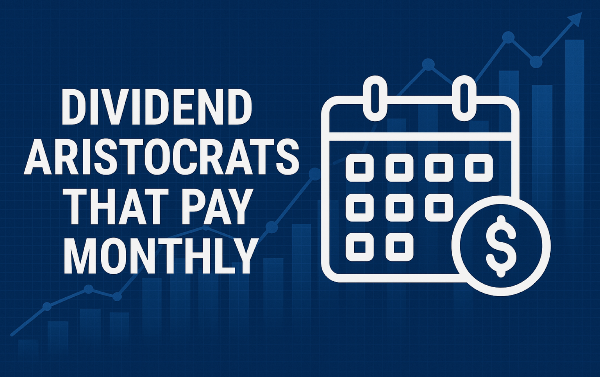
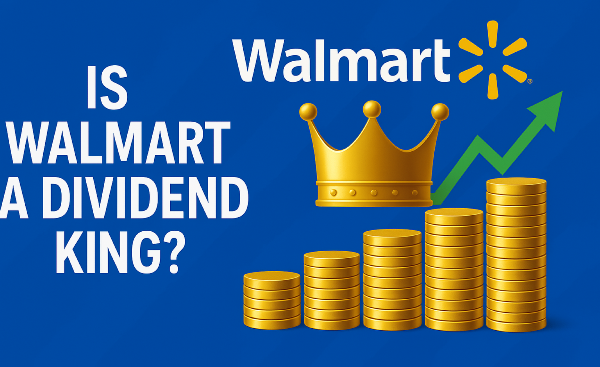






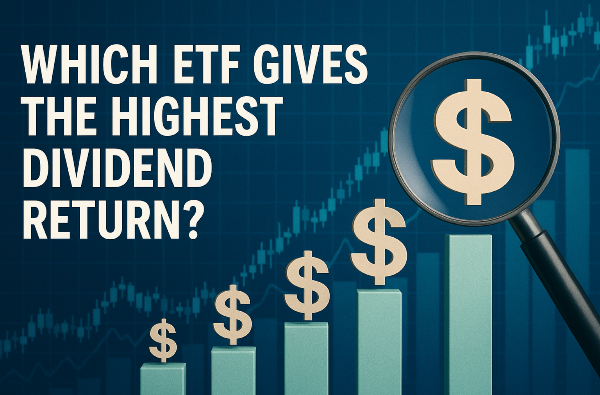


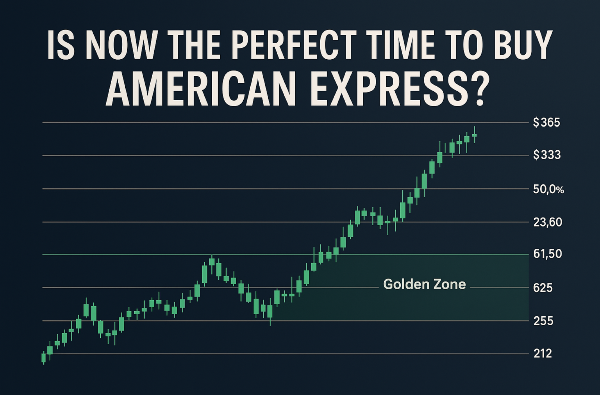








Understanding the Outperformance of Large-Cap Stocks
Introduction
Large-cap stocks have consistently demonstrated strong performance, attracting investors seeking stability and long-term growth. Historically, large-cap equities have outpaced small-cap stocks during periods of economic uncertainty, benefiting from financial strength, diversified revenue streams, and institutional investment. Factors such as interest rate policies, sector rotation, and corporate profitability contribute to their sustained outperformance. As market conditions evolve, large-cap stocks continue to provide resilience, making them a preferred choice for portfolio diversification and wealth accumulation.
Market Conditions Favoring Large-Cap Stocks
Economic stability and investor sentiment play a crucial role in the outperformance of large-cap stocks. Investors tend to favor large-cap equities during periods of uncertainty due to their financial strength and established market presence. These companies often have diversified revenue streams, allowing them to navigate economic fluctuations more effectively. Interest rate policies significantly impact large-cap stock valuations. When interest rates rise, borrowing costs increase, affecting corporate profitability. However, large-cap companies with strong balance sheets and cash reserves are better positioned to withstand these challenges. Financial institutions such as JPMorgan Chase JPM benefit from higher interest rates, as they generate increased revenue from lending activities.
Sector rotation and institutional investment trends further support large-cap stock performance. As market cycles shift, investors reallocate funds to sectors demonstrating resilience and growth potential. Defensive industries such as healthcare and consumer staples tend to outperform during economic downturns, while technology and financial sectors gain traction in expansionary phases. Companies like Microsoft MSFT and Johnson & Johnson JNJ exemplify this trend, maintaining strong market positioning across various economic conditions.
Sources:
CFA Institute
Transamerica
MarketBeat
Financial Strength and Competitive Advantage
Large-cap stocks are known for their balance sheet stability and cash flow resilience, making them attractive investments during economic fluctuations. These companies typically maintain strong financial positions, allowing them to navigate market downturns while continuing to generate revenue. Businesses such as Microsoft MSFT and Johnson & Johnson JNJ exemplify this strength, leveraging their financial stability to sustain long-term growth. Market leadership and brand recognition further enhance the competitive advantage of large-cap stocks. These companies often dominate their industries, benefiting from established customer bases and strong brand loyalty. Firms such as JPMorgan Chase JPM and Procter & Gamble PG have built reputations for reliability and innovation, reinforcing their market positions.
Dividend payouts and shareholder value creation are key components of large-cap stock strategies. Many large-cap companies prioritize returning value to shareholders through consistent dividend distributions, reinforcing investor confidence. Stocks such as Coca-Cola KO and Texas Instruments TXN maintain strong dividend yields, providing passive income opportunities for investors. Reinvesting dividends can significantly enhance portfolio value over time, contributing to wealth accumulation and financial security.
Sources:
SmartAsset
Finance Strategists
Yahoo Finance
Risk Management and Defensive Characteristics
Large-cap stocks generally exhibit lower volatility compared to mid-cap and small-cap stocks, making them a preferred choice for risk-averse investors. Their financial strength, established market presence, and diversified revenue streams contribute to their stability. Companies such as Johnson & Johnson JNJ and Procter & Gamble PG have historically demonstrated resilience, maintaining steady earnings even during economic downturns. Large-cap stocks serve as safe havens during economic downturns, providing stability when market conditions fluctuate. These companies typically have strong balance sheets, allowing them to withstand recessions better than smaller firms. Defensive sectors such as healthcare and consumer staples tend to perform well during uncertain periods, reinforcing the appeal of large-cap investments.
Businesses like JPMorgan Chase JPM and Coca-Cola KO exemplify this trend, maintaining profitability and shareholder value despite economic challenges. Portfolio diversification benefits further enhance the defensive characteristics of large-cap stocks. Investors often integrate large-cap equities into their portfolios to balance risk and optimize returns. Diversification across industries such as technology, finance, and consumer goods reduces exposure to sector-specific volatility. Companies like Microsoft MSFT and Texas Instruments TXN contribute to portfolio stability.
Sources:
AQR Capital
Fidelity
AQR Capital Management
Future Outlook and Predictions
Large-cap stocks are expected to maintain steady performance, benefiting from stable earnings and strong financial fundamentals. Analysts forecast continued investor interest in these stocks due to their defensive nature and ability to generate consistent returns. Despite their stability, large-cap stocks face potential disruptions from emerging competitors and evolving industry trends. Advancements in artificial intelligence, fintech, and sustainable energy are reshaping market dynamics, introducing new players that challenge established corporations. Companies specializing in AI-driven automation and decentralized finance are gaining traction, influencing investment strategies. Additionally, regulatory changes and geopolitical factors may impact large-cap stock trajectories.
Economic factors will play a crucial role in shaping the future of large-cap stocks. Inflationary pressures, interest rate adjustments, and global trade policies influence corporate profitability and investor sentiment. The Federal Reserve’s monetary policy decisions affect borrowing costs and capital allocation, impacting stock valuations. Analysts emphasize the importance of tracking macroeconomic indicators to assess large-cap stock performance and optimize investment strategies. Despite their stability, large-cap stocks face potential disruptions from emerging competitors and evolving industry trends. Advancements in artificial intelligence, fintech, and sustainable energy are reshaping market dynamics, introducing new players that challenge established corporations. Companies specializing in AI-driven automation and decentralized finance are gaining traction, influencing investment strategies.
Economic factors will play a crucial role in shaping the future of large-cap stocks. Inflationary pressures, interest rate adjustments, and global trade policies influence corporate profitability and investor sentiment. The Federal Reserve’s monetary policy decisions affect borrowing costs and capital allocation, impacting stock valuations. Analysts emphasize the importance of tracking macroeconomic indicators to assess large-cap stock performance and optimize investment strategies. As markets evolve, large-cap stocks remain a cornerstone of diversified portfolios, offering stability and long-term growth potential.
Conclusion
Large-cap stocks continue to outperform due to their financial strength, institutional backing, and ability to navigate economic shifts. Their resilience in volatile markets makes them attractive for long-term investors. While small caps may offer higher growth potential, large caps provide stability and consistent returns. Investors should monitor macroeconomic trends and sector rotations to optimize large-cap stock allocations.
Expert Analysis
Strategic Insights on Large-Cap Stock Performance
Large-cap stocks continue to outperform due to their financial strength, institutional backing, and ability to navigate economic shifts. Their resilience in volatile markets makes them attractive for long-term investors. While small caps may offer higher growth potential, large caps provide stability and consistent returns. Investors should monitor macroeconomic trends and sector rotations to optimize large-cap stock allocations.
📌Read More About:
Top Large Cap Stocks- https://stockbossup.com/pages/topics/large-cap
What Are Large US Cap Stocks?- https://stockbossup.com/pages/post/39045/understanding-large-us-cap-stocks-and-their-market-influence
How Many Large Cap Stocks Are There?- https://stockbossup.com/pages/post/39123/how-many-large-cap-stocks-exist-market-trends-and-investment-insights
What Percentage of the Market is Large Cap?- https://stockbossup.com/pages/post/39124/what-percentage-of-the-stock-market-is-large-cap-market-breakdown-and-investment-insights